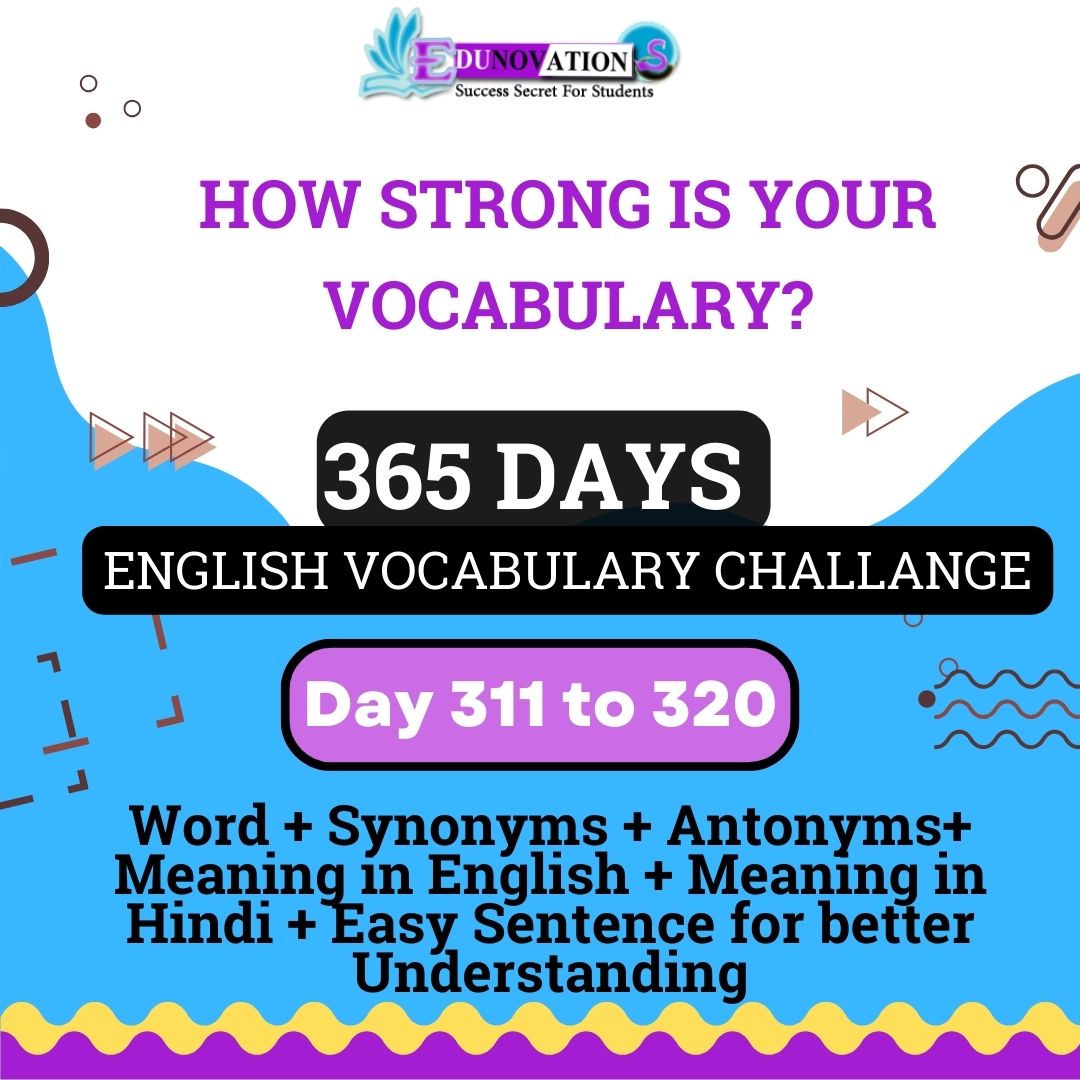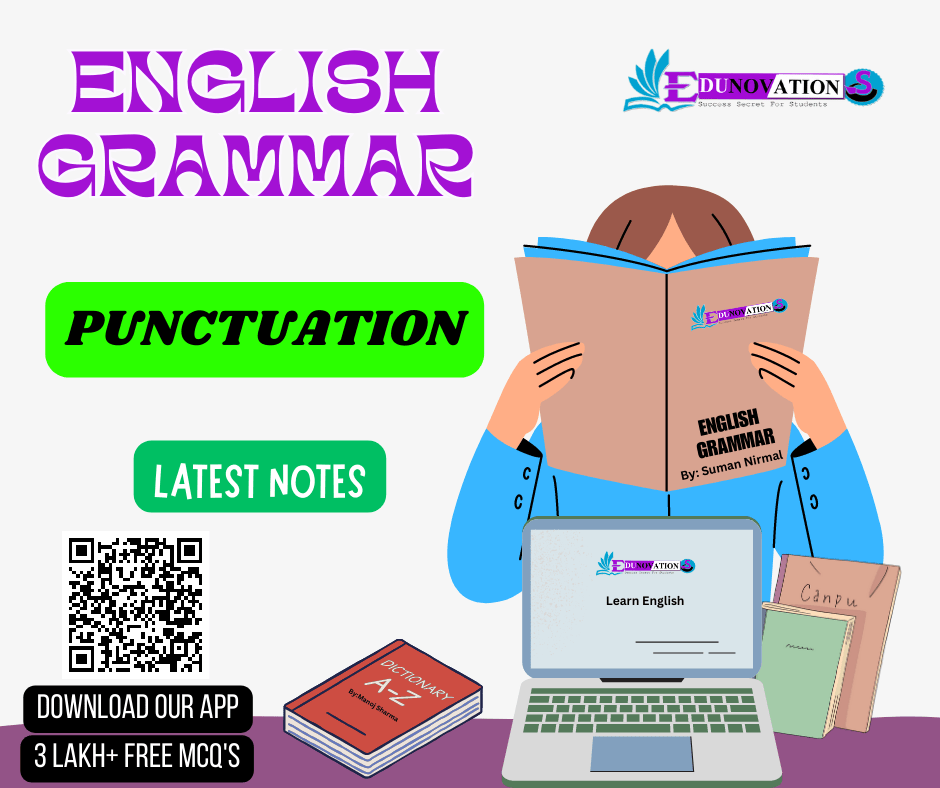English Grammar: Articles

English Grammar: Articles
English Grammar: Articles
Articles
Articles are a type of determiner that indicate the specificity of a noun. They come before a noun or noun phrase and help to clarify whether the noun is a particular, specific item or a general or unspecified item. In English grammar, there are two types of articles: definite and indefinite.
Definite Article: The definite article “the” is used to refer to a specific or particular noun that the speaker and listener are familiar with. It indicates that there is only one item of the noun being referred to, or that the noun has already been mentioned in the conversation.
For example, if someone said “The book on the shelf is mine,” the definite article “the” indicates that there is only one book on the shelf that the speaker is referring to. Similarly, “The sun is shining today” refers to the specific sun in our solar system that is visible in the sky.
Indefinite Article: The indefinite articles “a” and “an” are used to refer to nonspecific or unidentified nouns. “A” is used before a noun starting with a consonant sound, while “an” is used before a noun starting with a vowel sound.
For example, “I need to buy a new car” refers to any new car, not a specific one. Similarly, “She is an intelligent student” refers to any intelligent student, not a specific one.
In summary, articles are a crucial component of English grammar as they help to clarify whether a noun is specific or nonspecific. By correctly using articles, learners can communicate more clearly and effectively.
In English grammar, articles are words that are used to indicate whether a noun is specific or nonspecific. This includes the use of “a,” “an,” and “the” in English sentences.
There are two types of articles: definite articles and indefinite articles.
Definite articles are used to refer to a specific noun or group of nouns, while indefinite articles are used to refer to nonspecific or unidentified nouns. The most common articles in English are “the” (definite article) and “a” or “an” (indefinite articles).
A Table with a detailed description of articles and their types
| Article | Type | Example |
| The | Definite article | “The dog chased the cat.” (refers to a specific dog and a specific cat) |
| A/An | Indefinite article | “I need to buy a new book.” (refers to any new book, not a specific one) |
Definite Article
Definite Article: The definite article “the” is used when referring to a specific noun or group of nouns that the speaker and listener are familiar with. It is used to indicate that the noun is unique or particular, or that it has already been mentioned in the conversation.
In English grammar, a definite article is a type of determiner that is used to specify a particular noun or noun phrase in a sentence. The definite article in English is “the.” It is called “definite” because it refers to a specific, identifiable thing or group of things. The definite article is used when both the speaker and the listener are aware of the identity of the noun being referred to.
Some key points to understand about Definite Articles:
- Usage: “The” is used before singular and plural nouns, as well as with both countable and uncountable nouns.
- Specificity: The definite article is used to refer to something that is already known to the listener or that has been previously mentioned in the conversation or text.Example: “I saw a cat. The cat was black.” In this example, “the cat” refers to a specific cat that was mentioned earlier in the conversation or the context.
- Unique Items: Definite articles are used with unique items, such as geographical locations, famous landmarks, and proper nouns.Example: “The Eiffel Tower is in Paris.” Here, “the Eiffel Tower” refers to the specific, well-known landmark.
- Superlatives: When using superlative adjectives, we often use the definite article.Example: “She is the tallest girl in the class.”
- Noun Phrases: The definite article can be used with noun phrases to make them specific.Example: “I love the book you recommended.” Here, “the book” specifies a particular book.
- Institutions and Groups: Definite articles are used with the names of institutions and groups to refer to the entire entity.Example: “The United Nations was established in 1945.”
- Ordinal Numbers: When expressing dates or ranks, the definite article is used.Example: “We’re going to the beach on the 4th of July.”
- Time Expressions: The definite article is used with time expressions, such as “in the morning,” “at the moment,” “in the evening,” etc.Example: “I like to read in the evening.”
- Adjectives as Nouns: Sometimes, adjectives can function as nouns and take the definite article.Example: “The rich get richer, and the poor get poorer.”
Remember that the definite article “the” is used to indicate specificity and is typically used when the listener or reader can identify the particular noun or noun phrase being referred to.
Examples of Definite Articles
- The book on the shelf is mine.
- The sun is shining today.
- The students in my class are very talented.
Indefinite Article
Indefinite Article: The indefinite articles “a” and “an” are used to refer to nonspecific or unidentified nouns. “A” is used before a noun starting with a consonant sound, while “an” is used before a noun starting with a vowel sound.
In English grammar, an indefinite article is a type of determiner used to refer to a non-specific or unidentified noun or noun phrase. The indefinite articles in English are “a” and “an.” They are called “indefinite” because they do not refer to a particular or specific thing; instead, they indicate any one of a group or class of things.
Some key points to understand about Indefinite Articles:
- Usage: “A” is used before singular nouns that begin with a consonant sound, while “an” is used before singular nouns that begin with a vowel sound. The choice between “a” and “an” depends on the pronunciation of the following word, not the spelling.
Examples:
- “I saw a cat.” (“Cat” starts with a consonant sound, so “a” is used.)
- “She ate an apple.” (“Apple” starts with a vowel sound, so “an” is used.)
2. Non-Specificity: The indefinite article is used to refer to a nonspecific or unspecified noun that is not known to the listener or reader.Example: “I need a pen.” Here, “a pen” refers to any pen; it doesn’t matter which specific pen it is.
3. Countable Nouns: Indefinite articles are used with countable nouns, which are nouns that can be counted as individual items.Example: “He bought a car.” The article “a” indicates any one car out of many possible cars.
4. Single Instances: The indefinite article is used to talk about something in a singular, single instance.Example: “He wants to be an astronaut.” Here, “an astronaut” refers to the idea of becoming one of the many astronauts.
5. Paraphrasing: Indefinite articles can be used to paraphrase information or to introduce something for the first time.Example: “I met an interesting person yesterday.” The speaker is introducing a new person they met, without specifying who that person is.
6. Professions and Nationalities: Indefinite articles are often used with professions and nationalities when discussing someone’s occupation or origin.Examples: “She is an architect.” “He is a Canadian.”
7. General Statements: Indefinite articles are used in general or universal statements.Example: “A dog is a loyal animal.” This statement is true for any dog, not just a specific one.
8. Uncountable Nouns: Indefinite articles are not used with uncountable nouns, which are nouns that cannot be counted as individual items. Incorrect: “I need advice.” (Incorrect – “advice” is uncountable) Correct: “I need some advice.” (Correct – “advice” is uncountable)
Remember that indefinite articles “a” and “an” are used to talk about something non-specific, unspecified, or in singular instances. They help us refer to any one item in a group or class of things, rather than a specific or particular thing.
Examples of Indefinite Article
- I need to buy a new car.
- He ate an apple for breakfast.
- She is a talented singer.
Overall, articles play an important role in English grammar by indicating whether a noun is specific or nonspecific. By understanding and correctly using articles, learners can improve their communication skills and express their thoughts more clearly and accurately.
FAQs Related to Articles
Here are some frequently asked questions (FAQ) related to articles in English grammar:
Q: What is the difference between a definite and indefinite article?
A: A definite article (the) is used to refer to a specific or particular noun, while an indefinite article (a/an) is used to refer to a nonspecific or unidentified noun.
Q: How do I know when to use “a” versus “an”?
A: “A” is used before a noun starting with a consonant sound, while “an” is used before a noun starting with a vowel sound. For example, “a book” (pronounced with a hard “b” sound) versus “an hour” (pronounced with a silent “h”).
Q: Can articles be omitted in certain cases?
A: Yes, articles can be omitted in some cases, such as with proper nouns or when referring to general concepts. For example, “I went to Harvard University” (no article needed before the proper noun) or “Honesty is the best policy” (no article needed before the general concept of “honesty”).
Q: Are there any other articles in English besides “the,” “a,” and “an”?
A: No, “the,” “a,” and “an” are the only articles in English grammar.
Q: Do all languages have articles like English does?
A: No, not all languages have articles like English does. Some languages, such as Chinese or Japanese, do not use articles at all, while others may have different rules for using articles.












